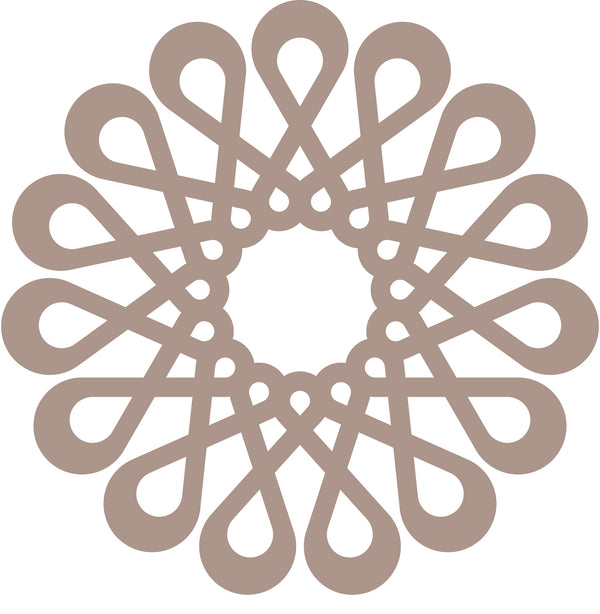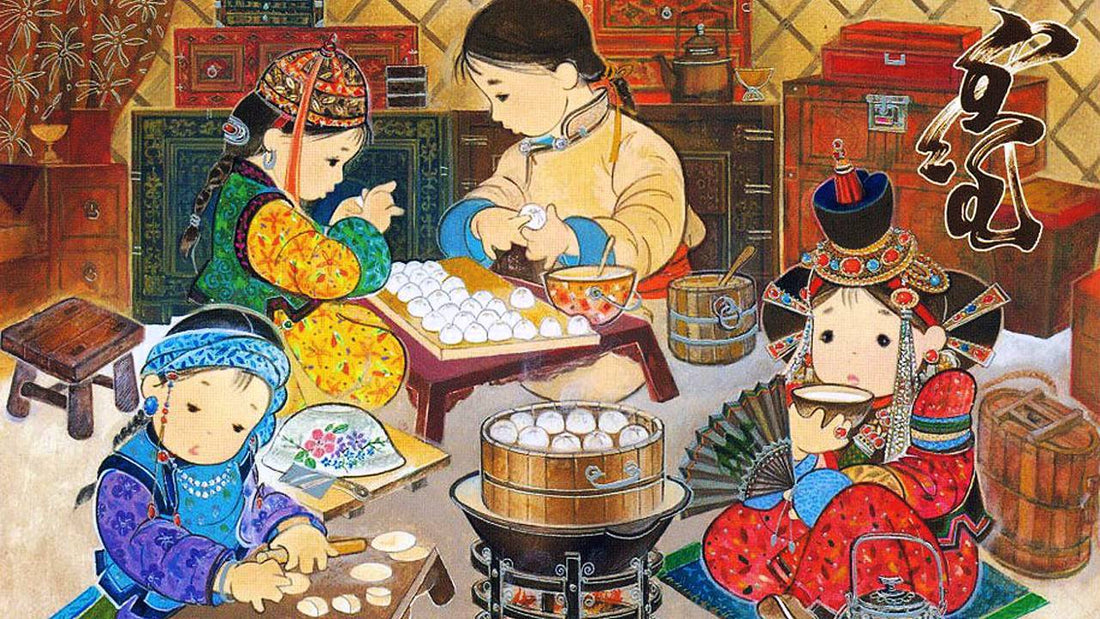Mongolian New Year or Tsagaan Sar is one of the most celebrated holiday among Mongolians. Tsagaan Sar means “White Moon” in Mongolian language and refers to the first day of the year, according to the Mongolian traditional lunar calendar when the new moon rises. Even the date changes every year, the Mongolian system of combining solar and lunar calendars keeps Tsagaan Sar always in the end of winter.
The rise of the Mongol Empire under Genghis Khan in the 13th century solidified Tsagaan Sar's importance. He standardized the Mongolian lunar calendar and made it an official imperial holiday, emphasizing its social and spiritual significance.
Throughout its rich history, Tsagaan Sar has adapted and evolved, yet its essence has remained unwavering. It symbolizes a time for renewal, fresh beginnings, and strengthening family bonds. It's a testament to the Mongolian people's resilience and their deep connection to their heritage.

Mongolians have begun celebrating the lunar new year to welcome the Year of the Dragon, nourished with the wood element, will bring abundance, evolution, and improvements. This is the year to set the foundation for long-lasting success and revitalize beginnings. People born under the dragon are thought to be confident, charismatic, intelligent, and just gifted and lucky by nature.
Tsagaan Sar is not just a calendar change, but a symphony of tradition, family, and hope, played out against the backdrop of the Mongolian steppes. It's a time for renewal, where families clad in their finest deel robes gather to share blessings and feast on stories as rich as the milky tea they sip. It's a celebration of resilience, where under the pale glow of the White Moon, Mongolians embrace the promise of spring and dance with the ghosts of the year gone by. Tsagaan Sar is more than just a holiday; it's a heartbeat, a rekindling of the flame of hope that shines brightly in every Mongolian heart.

